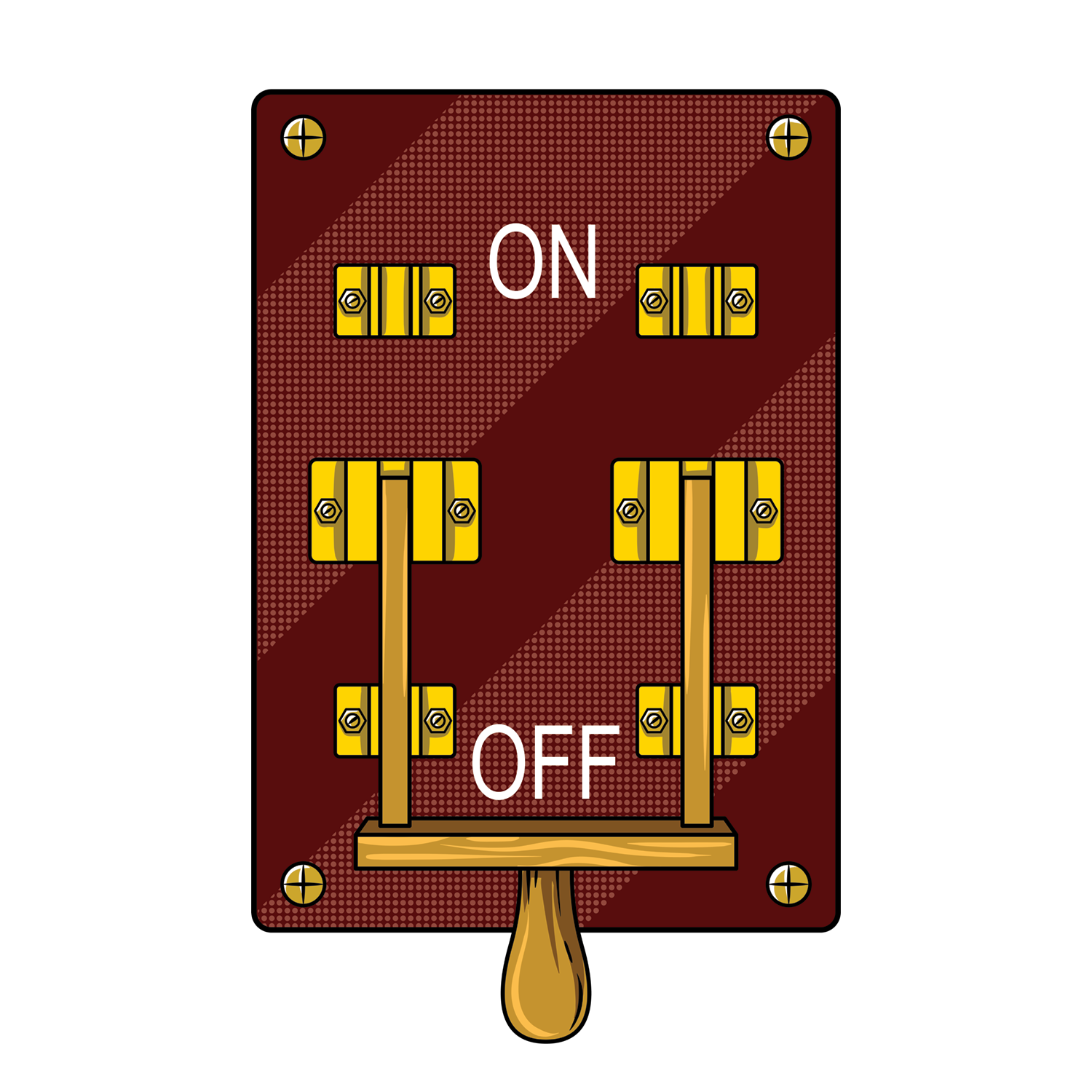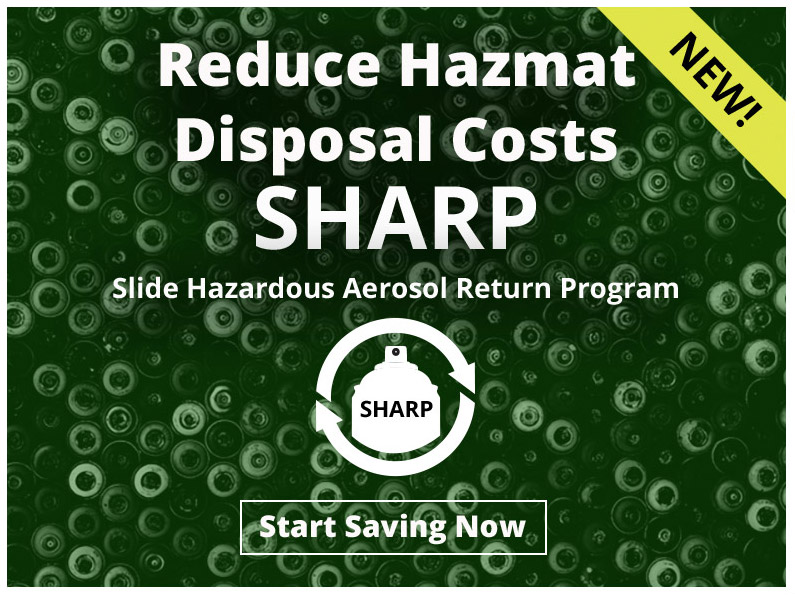June 3rd, 2021
Establishing a shutdown and startup protocol based on industry best practices will keep the safety of both staff and equipment at the forefront while saving you time and money.
A full plant restart or shutdown doesn’t have to cause headaches. Developing proper procedures for both and making sure your staff is trained in these processes will keep operations running smoothly while decreasing your downtime and waste.
Shutdown Protocol
Following proper shutdown procedures will make your startup operations even simpler by addressing any issues before they become a problem.
Running Out the Screw
Close the hopper slide gate and discontinue the flow of material being fed into the feed throat. Reduce the screw speed to 15-20 rpm to avoid damage to contact surfaces of the screw and barrel. Screw rotation can be stopped when the amount of polymer coming out of the die or mold has totally diminished.
Rust Protection
Adding rust protection while the mold and machine are cooling is optimal. If your molding environment has high humidity levels or if the mold is connected to chillers, this step is particularly important. Applying a light coating of a rust preventive formulation to the core and cavity of the mold will protect your equipment from rust problems during the cool down process.
The Purge
Remove unwanted resin from the barrel and screw unit during machine shutdown by performing a purge. The process is important to prevent resin from hardening and clogging the barrel during startup.
Remove Rust Preventive
The mold can be taken to the mold shop once it has fully cooled to room temperature. It is now safe to remove the coating of rust preventive by using a mold cleaner formulation.
Cleaning the Mold
Use a flushing action with the mold cleaner by heavily applying at the top of the mold cavity and core while allowing the cleaning solvents to flush down the face of the mold. This breaks down and removes the rust preventive and any other contaminates as it flows down the mold surface.
Additional Cleaning
Should any resin or gas deposits remain, or if you find color stains on the mold surface, additional mold cleaning is required. Rid the mold of these contaminants with an abrasive mold polish.
Rust Protection for Storage
After all unwanted contaminants are removed, liberally apply a fresh coating of a rust preventive to the mold cavity, platens and mold base. Determine the proper rust preventive formulation based on the duration of storage:
- Short term – a “dry” rust preventive formulation will make removal and cleanup easier when it comes time for the mold to be put back into production.
- Long term – when storage periods will last a year or more, a heavy-duty “long-term” rust preventive formulation should be used. Be sure to coat the mold cavity, core and base completely with the rust preventive product.
- In machine storage – for molds that will be stored inside the machine, Slide suggests protecting the mold with the rust preventive during machine cool down. Before closing up, reapply the rust preventive to the mold cavity, mold base and platens.
If you are taking a mold off the line for an extended period of time, it is wise to set up a calendar to check for any rust problems that may develop later.
Startup Protocol
Safety should remain a priority when starting up a cold machine. Take the time necessary to thoroughly inspect the machine before beginning the process of starting up your equipment as these machines generate high temperatures and pressures. Check that all lines – power, hydraulic, water and oil – are connected and routed as they should be and that nothing is out of place before you turn on the machine. Confirm that safety guards are in place and that staff has the appropriate personal protection equipment to decrease the risk of injury.
Examine the Molds
Check your molds for signs of oxidation, staining, or other unwanted contamination. If found, remove the mold and take it to the tool room where a Slide mold cleaner, mold polish or other cleaning operation should be completed. A mold cleaner can also be used to remove any remnants of rust preventive.
Testing Ejector Pins and Plates
Prevent seizing or galling of moving parts by testing the ejector pins or ejector plates for adequate lubrication. The Slide Super Grease is an excellent colorless grease that operates at a high operating temperature range and is NSF-certified as safe for food applications.
Placing the Mold
After cleaning and prepping the mold for production, it can be placed in the machine and the water lines connected. Heat the mold, barrel and any runners to operating temperature levels. Before the introduction of any resin, all components should reach the set zone temperatures for at least 30 minutes.
Purge Any Remaining Resin
To ensure that only the correct color or resin will be molded, it is important that the barrel and screw unit have been purged of unwanted resin. Should any remain, a purge should be completed so only the desired resin is processed.
Starting the Run
When the desired temperatures levels are met, add resin to the barrel and it will begin to run through the mold. Once a steady flow of polymer begins to exit the die or nozzle, the screw speed can be increased to the desired operating speed and parts can begin to be molded.
Removing Parts from the Mold
If you notice a difficulty with parts being removed from the mold, a mold release formulation may need to be applied. This should be sprayed on both the core and the cavity for best results.
Slide has spent decades pioneering innovative solutions for plastics processors and mold makers with a variety of high-quality products that allow you to get more out of molding processes, without sacrificing quality or safety. What’s more, we can save you money at the same time. Slide factory experts and our distributors are ready to help if you have any questions.




